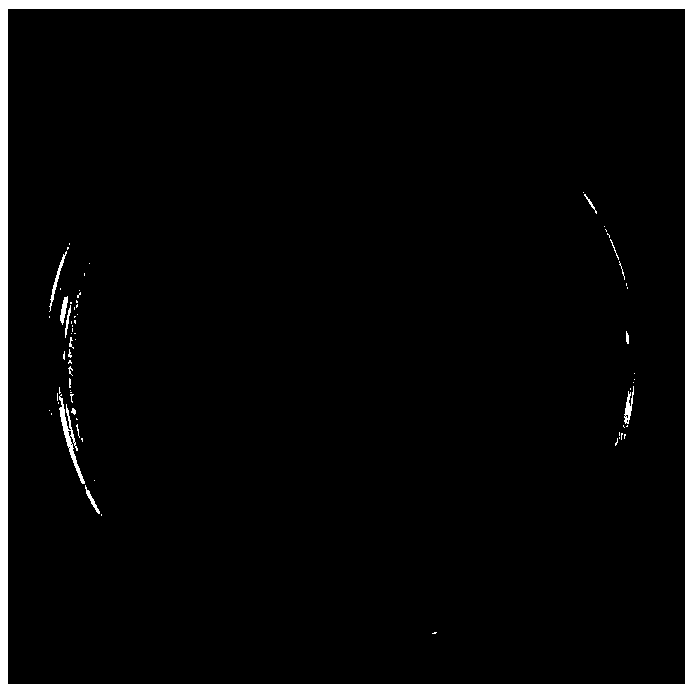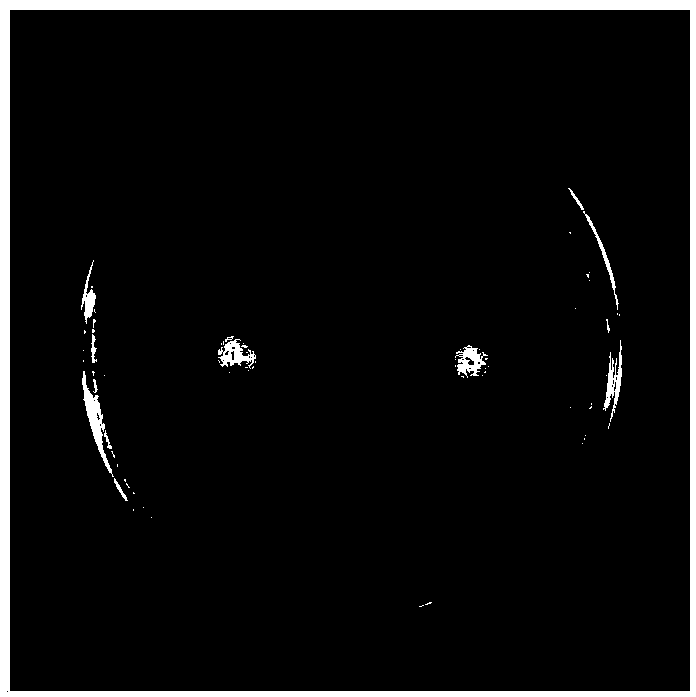Antibacterial peptide for killing oral cariogenic bacteria and inhibiting formation of dental plaque and application thereof
A technology of antimicrobial peptides and cariogenic bacteria, which is applied in the field of antimicrobial peptides for killing oral cariogenic bacteria and inhibiting the formation of dental plaque. The effect of overcoming the problem of drug resistance
- Summary
- Abstract
- Description
- Claims
- Application Information
AI Technical Summary
Problems solved by technology
Method used
Image
Examples
Embodiment 1
[0045] Preparation of antimicrobial peptides, antimicrobial peptide A, antimicrobial peptide B, and antimicrobial peptide C of the amino acid sequence shown in SEQ ID NO:1:
[0046] (1) Weigh 2g of 2Cl resin, the degree of substitution is 0.2mmoL / g, and soak it in dichloromethane (DCM) for 15min in the reactor;
[0047] (2) Wash the resin with N,N-dimethylformamide (DMF) 3 times the volume of the resin, and then drain it, repeating this four times;
[0048] (3) Weigh 260 mg of 0.4mmoL of Fmoc-L-arginine (Fmoc-L-Arg(pbf)-OH) into the reactor, add 1.2mmoL of N,N-diisopropylethylamine (DIEA ), adding N,N-dimethylformamide (DMF) and dichloromethane (DCM) to react;
[0049](4) After 2 hours, cap the head with methanol for 0.5 hours, where the volume ratio of methanol to N,N-diisopropylethylamine (DIEA) is 1:1, and then use 3 times the volume of resin N,N-dimethyl Dimethyl formamide (DMF) washed four times, drained for later use;
[0050] (5) Add 20% piperidine to the reactor, wh...
Embodiment 2
[0065] Determination of the minimum inhibitory concentration of antimicrobial peptide A, antimicrobial peptide B, and antimicrobial peptide C:
[0066] (1) prepare an agar culture dish containing brain heart infusion broth (BHI);
[0067] (2) Prepare a number of circular filter paper sheets with a diameter of 6 mm, sterilize with high pressure steam, and dry;
[0068] (3) Cultivate Streptococcus mutans and adjust the concentration of the bacteria solution to 1×10 6 cfu / mL;
[0069] (4) Use a sterilized cotton swab to dip in the bacterial liquid and spread it evenly on the agar medium for 3 times, rotate the culture dish 60 degrees every time, and finally spread the cotton swab around the edge of the culture dish for one week.
[0070] (5) Add different concentrations of antimicrobial peptide A, antimicrobial peptide B, and antimicrobial peptide C to the filter paper, and the dropping amount is 20 μL. The filter paper treated with 20 μL sterile water is used as the control gr...
Embodiment 3
[0074] Effects of antimicrobial peptide A, antimicrobial peptide B, and antimicrobial peptide C on the growth of dental plaque:
[0075] (1) Preparation of enamel slices: several bovine incisors were obtained, sterilized with 3% sodium azide, and soft tissues were removed, rinsed with sterile water. The incisors were prepared into 5 mm × 5 mm × 2 mm enamel slices, which were polished successively with 600, 1200, and 2400-mesh sandpaper; then the enamel slices were ultrasonically cleaned with acetone, absolute ethanol, and sterile water for 5 minutes each; the treated enamel slices were After being sterilized by high pressure steam, place it in a refrigerator at 4°C and store it for later use;
[0076] (2) Cultivate Streptococcus mutans and prepare 10 6 cfu / mL bacteria solution, ready for use;
[0077] (3) Treatment of enamel slices: enamel slices were treated with sterile water, 80 μg / mL of antimicrobial peptides with the amino acid sequence shown in SEQ ID NO:1, 80 μg / mL of...
PUM
 Login to View More
Login to View More Abstract
Description
Claims
Application Information
 Login to View More
Login to View More - Generate Ideas
- Intellectual Property
- Life Sciences
- Materials
- Tech Scout
- Unparalleled Data Quality
- Higher Quality Content
- 60% Fewer Hallucinations
Browse by: Latest US Patents, China's latest patents, Technical Efficacy Thesaurus, Application Domain, Technology Topic, Popular Technical Reports.
© 2025 PatSnap. All rights reserved.Legal|Privacy policy|Modern Slavery Act Transparency Statement|Sitemap|About US| Contact US: help@patsnap.com



